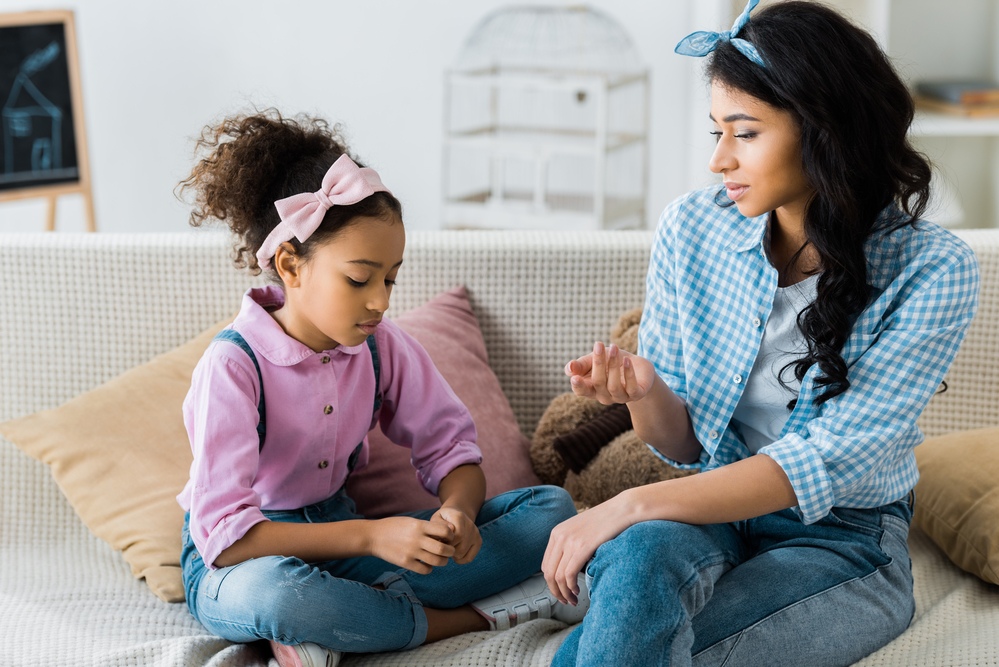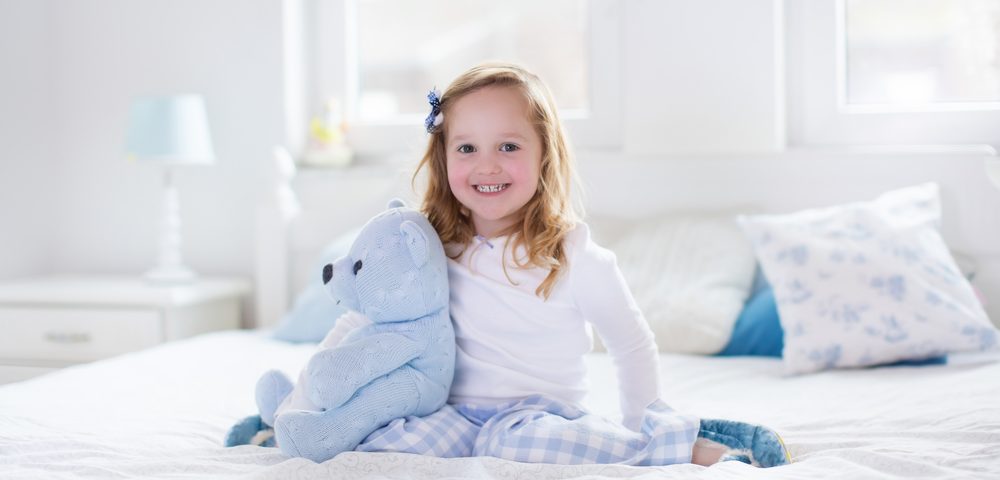
4 Tips For Helping Foster Children Before And After A Visitation
March 29, 2019
How To Show Empathy When Communicating With A Foster Child
April 12, 2019As a foster parent, it is your job to create a welcoming, safe environment where your foster child will feel at home. The best way to ensure this is to provide them with a bedroom all their own. Here are some ways to make sure your foster child’s bedroom is a happy place to be.
Start simple.
During the application process, you will learn the age and gender of your foster child. This should give you a place to start as far as preparing the room for the child’s arrival. Even so, it is tricky to predict what your foster child will like as far as colors and décor. Keeping this in mind, prepare a comfortable room with basic, neutral colors. Keep the décor and bedding simple, so that the space can be added to and personalized once the foster child arrives.
Add a sense of warmth.
While the room should start simple, you still want to give it a sense of warmth. Make sure the room is clean and tidy when the foster child arrives. If the child is younger, include a special stuffed animal or toy as a welcoming gift. If the child is older, put up a pin board for posters and photos. Warm blankets are a must, but consider also adding a bedside table with a lamp, so that your child can read in the evenings. Adding curtains to windows and a plush area rug next to the bed can also help to add warmth.
Have appropriate furnishings.
In addition to a warm, comfortable bed and a bedside table, make sure there is a dresser or armoire for clothing. A nice chair can add to the overall aesthetic of the space, and shelves or toy bins can help your child keep their room neat. School-aged children would also benefit from having a desk for doing homework. Infants would need a safe crib and changing table.
Maintain a safe space.
Depending on your foster child’s age, you may need to baby-proof certain areas of the room, such as providing outlet covers and shortening blind cords. For room-by-room safety tips from Parents, click here.
Once your foster child arrives, give them the grand tour of their room and the rest of the house, and consider having a snack prepared in case they are hungry. Then give them time and space to get settled. There is no better way to welcome your foster child upon arrival and to make them feel at home.
Every child needs and deserves to grow up safe and protected from abuse and neglect, and caring foster parents offer children support and stability when they need it most. At Camelot Care Centers, we specialize in higher-level foster care for children and adolescents that need extra support. We partner with our foster parents/homes to provide trauma informed care and additional services, including in-home counseling, parent support and training, tele-psychiatry, and therapeutic mentoring, to maintain children at the least restrictive, yet most appropriate level of care. Camelot Care Centers (“Camelot”) is a Child Welfare Agency licensed by the State of Illinois, a member of the Illinois Collaboration on Youth (ICOY), and is accredited by the Council on Accreditation (COA).




